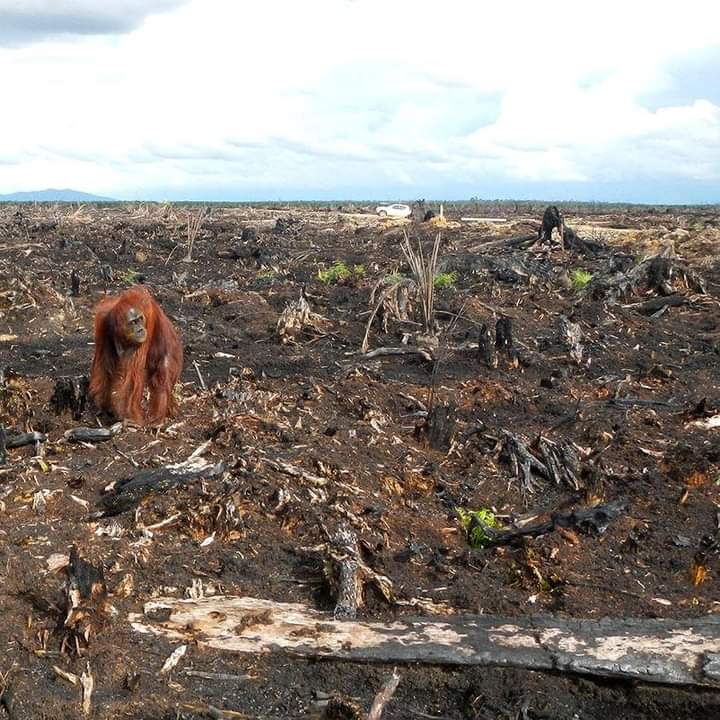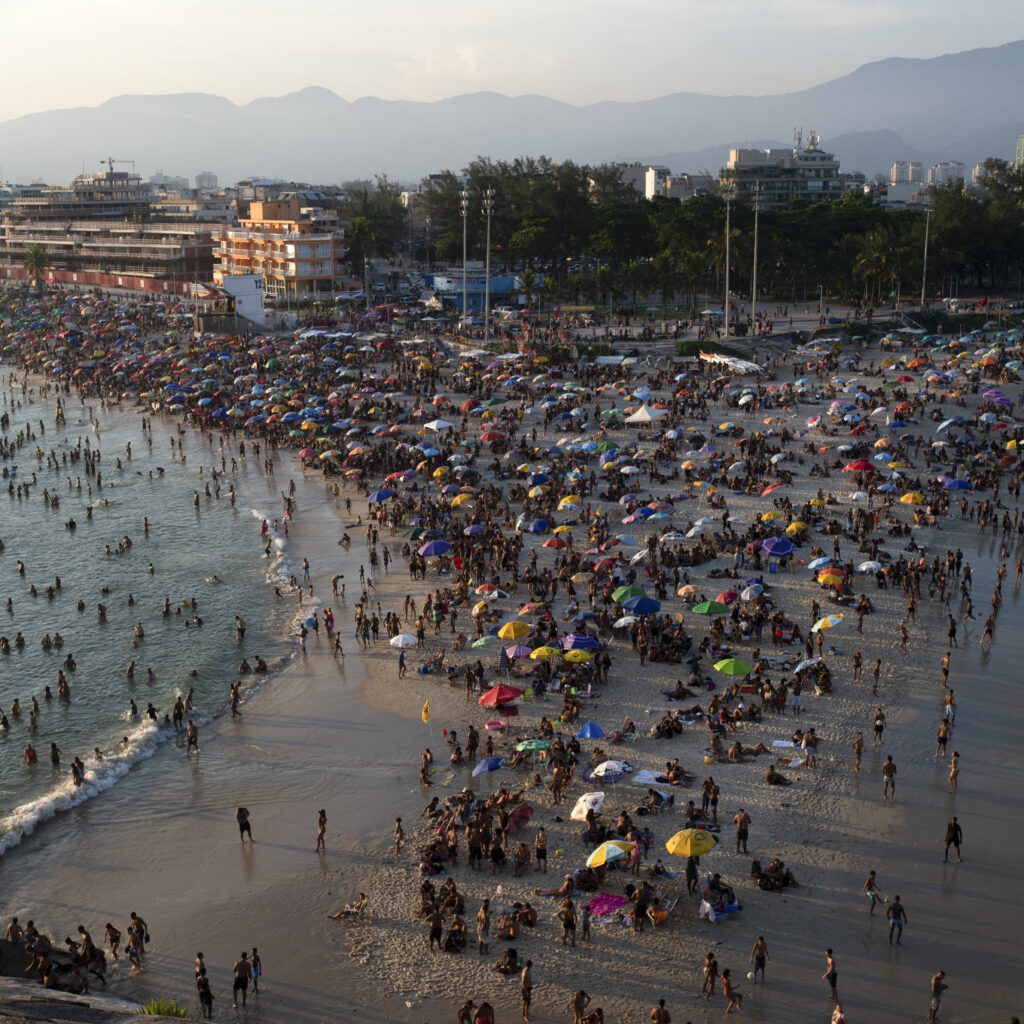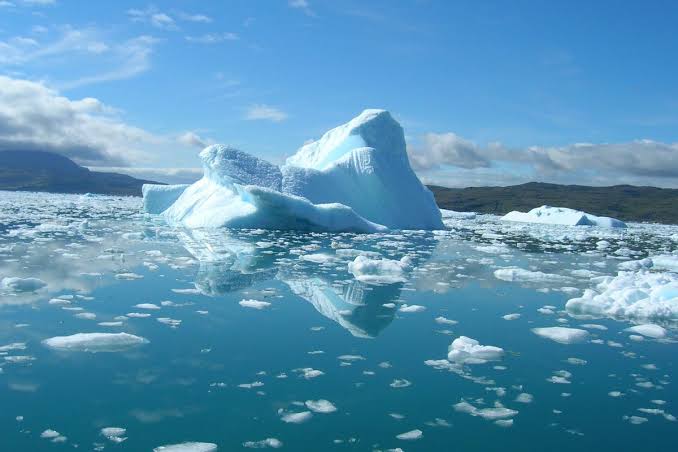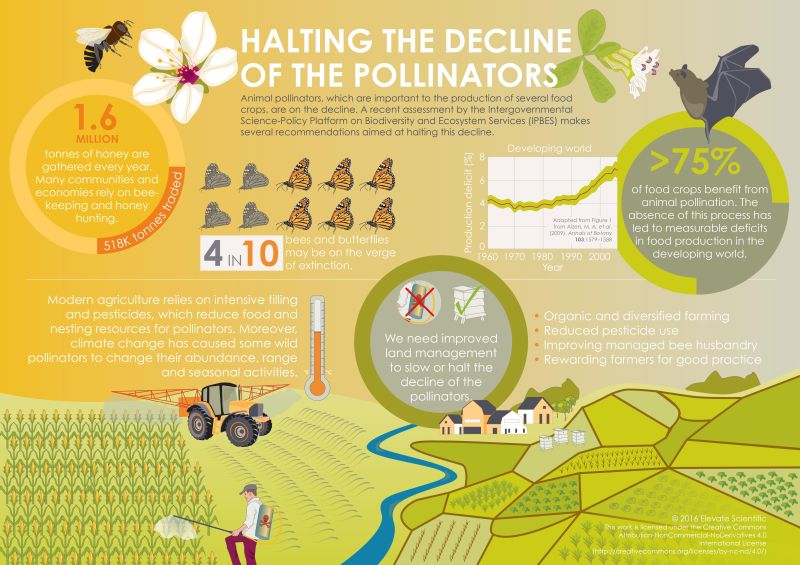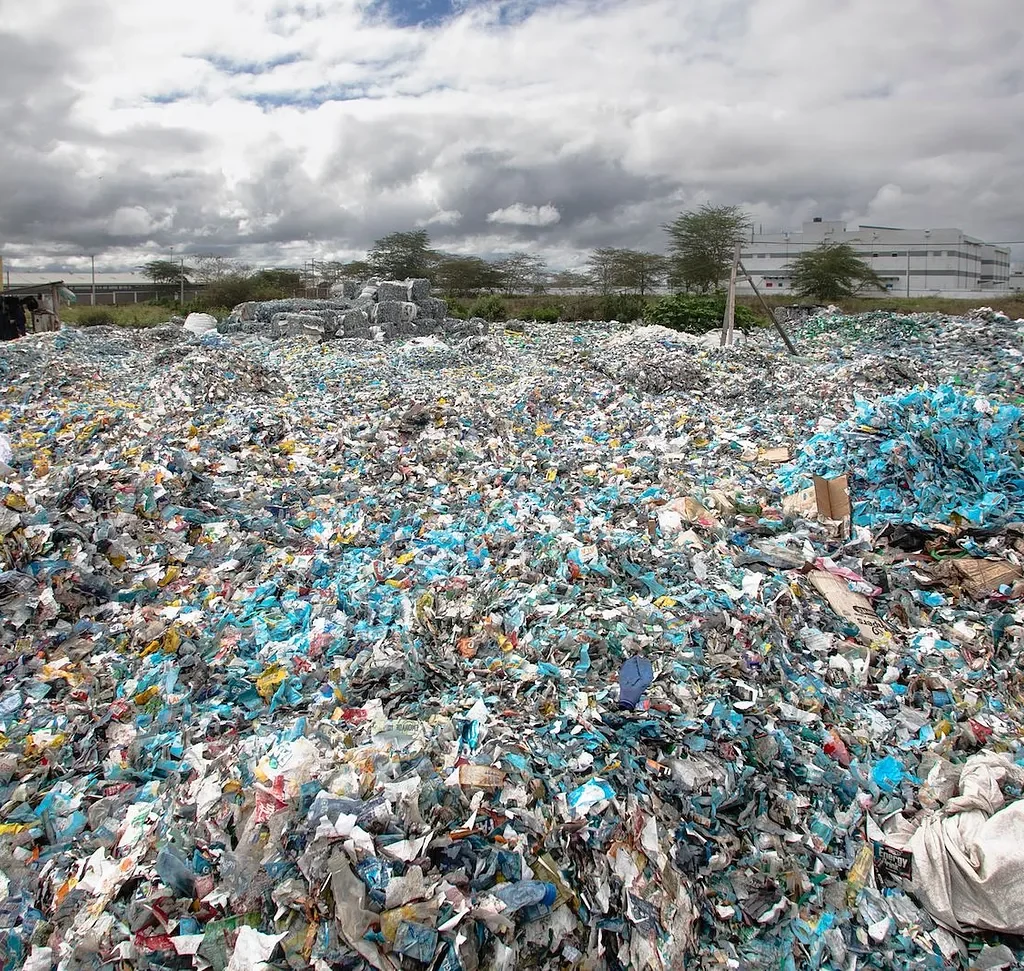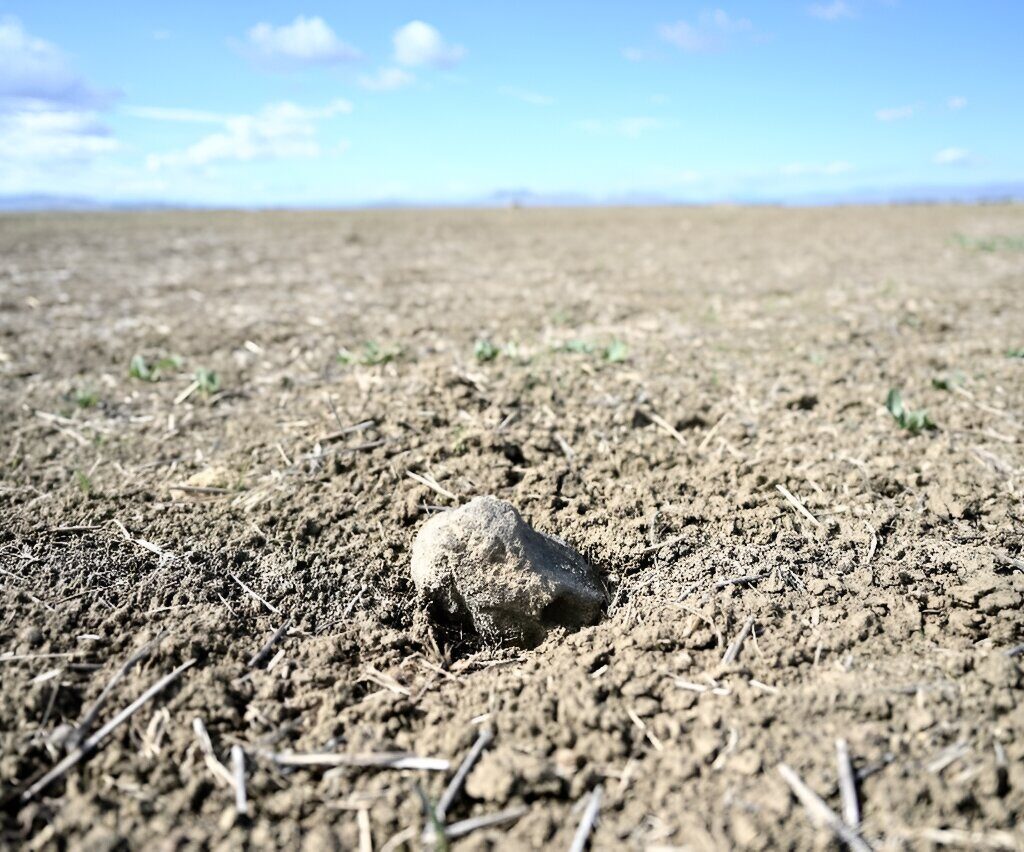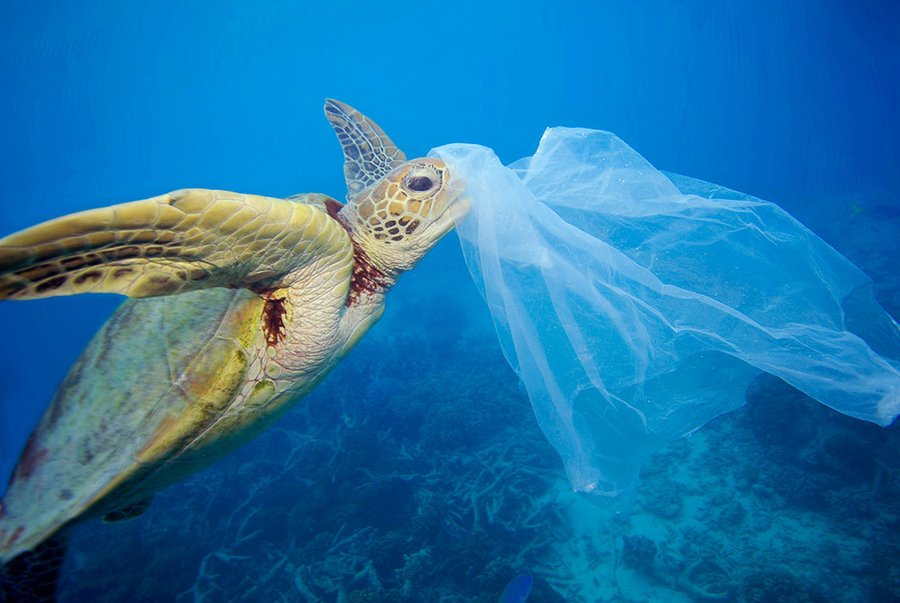
The image is a striking visual analysis of the environmental issue of ocean plastic pollution and its impact on marine life. A creature called the sea turtle that relies on marine ecosystems for survival swims in close proximity to a floating plastic bag. The plastic’s translucent and ethereal appearance in the water can easily be mistaken for a jellyfish, a common food source for sea turtles. This misidentification can lead to ingestion, which is harmful and often fatal to the turtle, disrupting its digestive system and potentially leading to starvation.
The turtle’s orientation towards the bag suggests curiosity or the initial stages of interaction, indicative of the imminent danger posed by the plastic debris. The clear blue water surrounding the turtle emphasizes the natural beauty of the ocean environment, which starkly contrasts with the synthetic and out-of-place nature of the plastic bag.
There is a broader ecological crisis: plastic pollution, which poses a serious threat to marine biodiversity. It calls attention to the need for changes in waste management, increased public awareness, and the adoption of sustainable practices to prevent such materials from entering marine habitats. This serves as a powerful visual representation of the challenges faced by marine species and the urgency for environmental stewardship.



